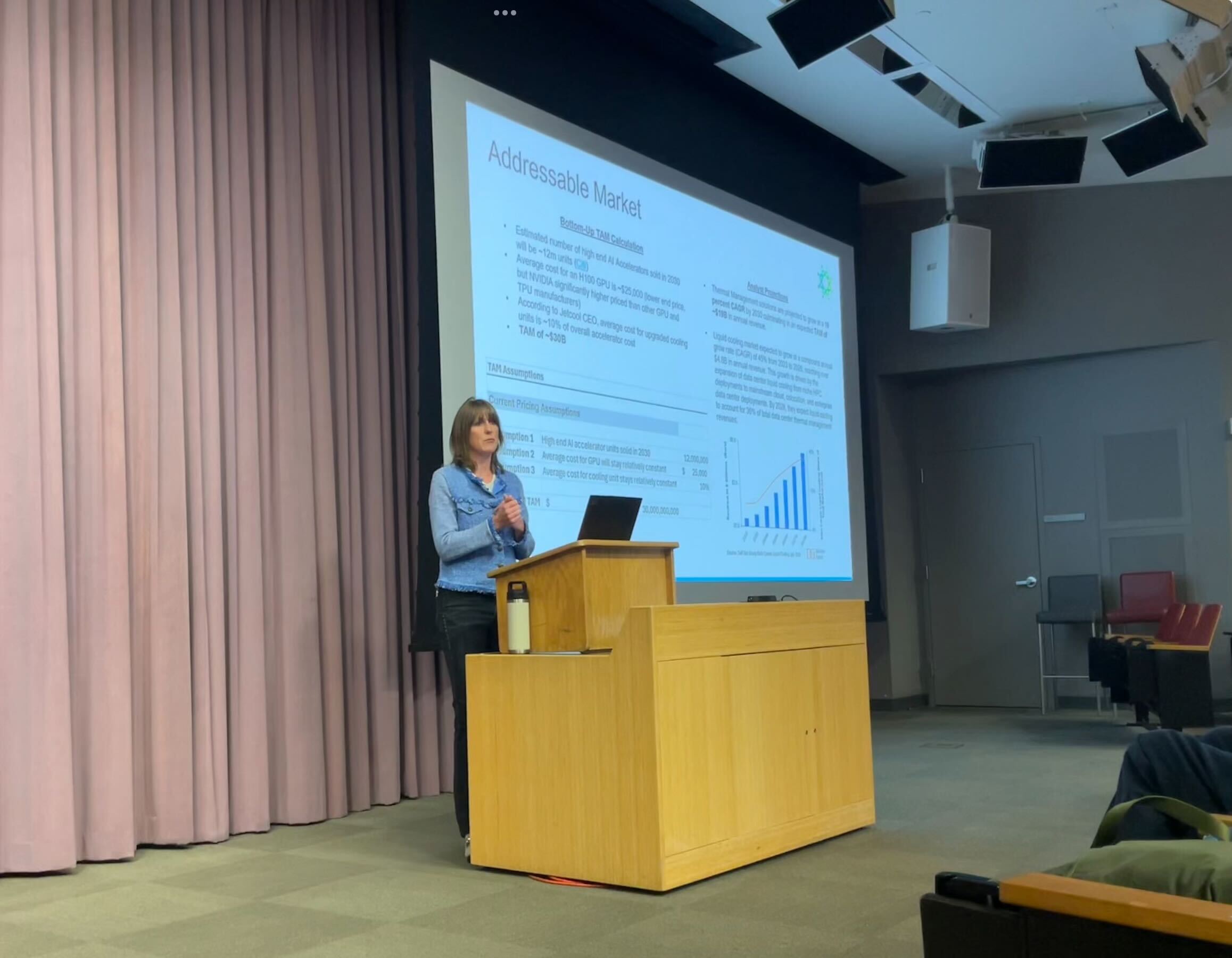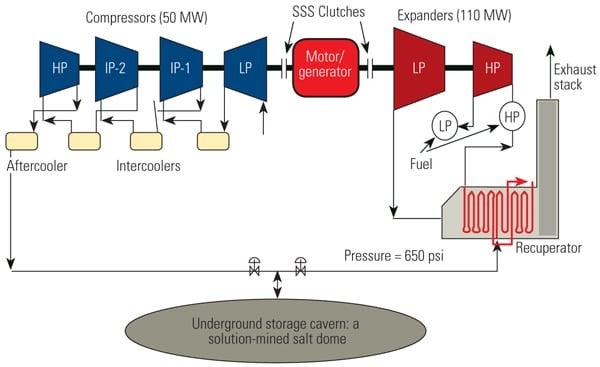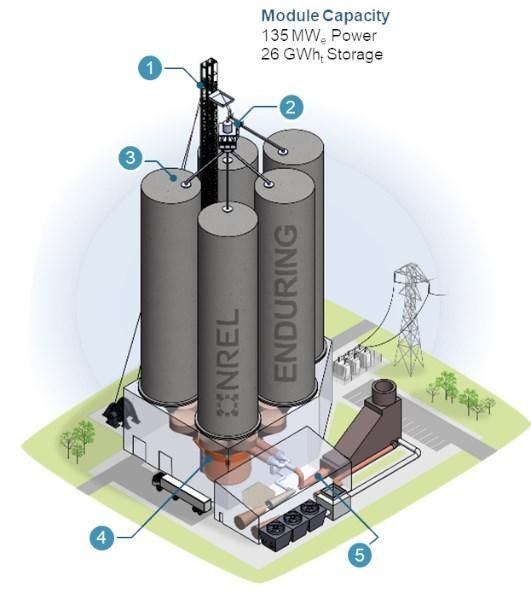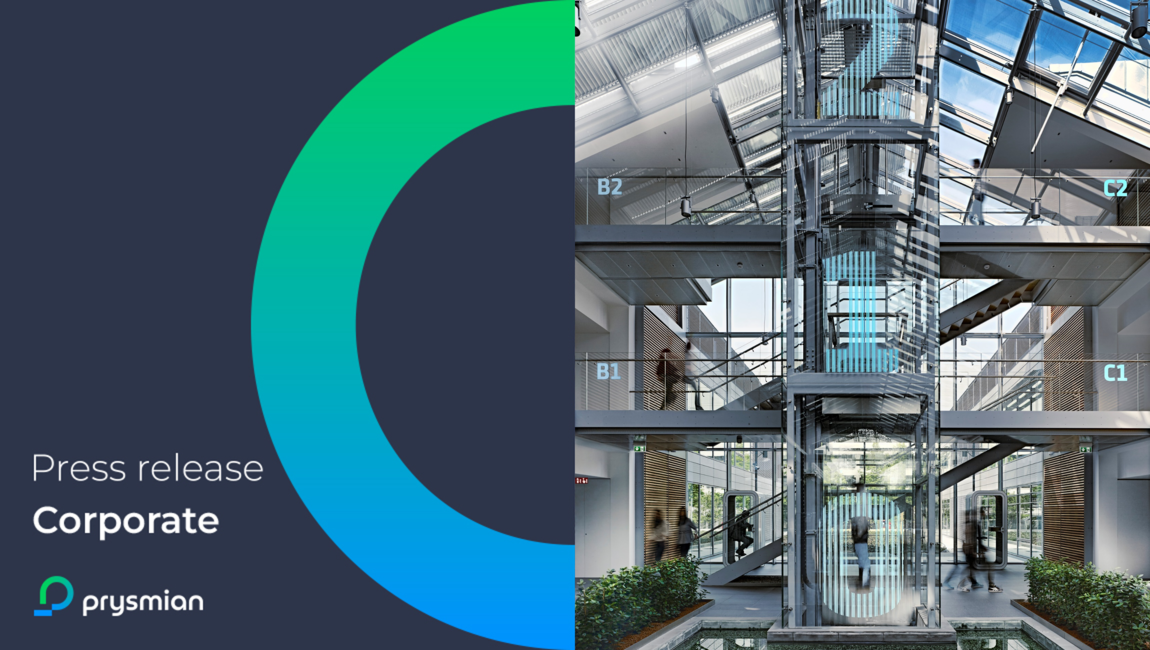NVIDIA and General Atomics Advance Commercial Fusion Energy – NVIDIA Blog
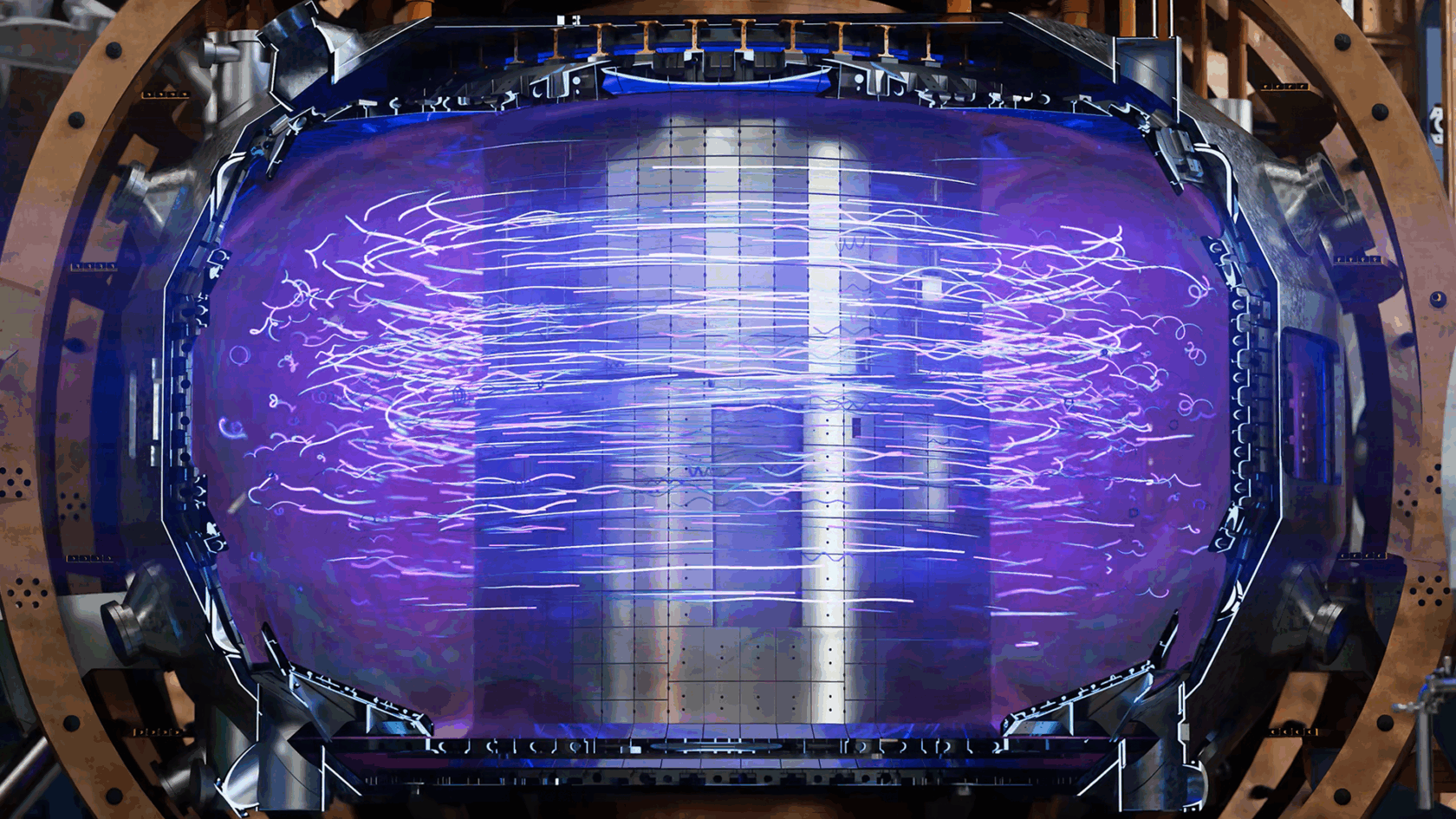
Report on AI-Enabled Digital Twin for Fusion Reactor Development
Executive Summary
A collaborative project involving NVIDIA, General Atomics, and international partners has developed a high-fidelity, AI-enabled digital twin for a fusion reactor. This initiative directly supports the United Nations Sustainable Development Goals (SDGs), particularly SDG 7 (Affordable and Clean Energy), by accelerating the research and development of fusion power, a potentially limitless source of clean energy. The project leverages advanced AI and supercomputing to overcome significant challenges in plasma physics, contributing to SDG 9 (Industry, Innovation, and Infrastructure) and SDG 13 (Climate Action).
Project Framework and Contribution to Global Goals
A Partnership for the Goals (SDG 17)
This initiative exemplifies a powerful multi-stakeholder partnership, a core principle of SDG 17. The collaboration unites industry leaders, national laboratories, and academic institutions to tackle one of science’s most complex problems.
- Lead Organizations: NVIDIA, General Atomics
- Technical Support Partners:
- San Diego Supercomputer Center (SDSC)
- Argonne Leadership Computing Facility (ALCF)
- National Energy Research Scientific Computing Center (NERSC)
Innovation and Infrastructure (SDG 9)
The project utilizes state-of-the-art technological infrastructure, representing a significant advancement in scientific research capabilities. The core technologies employed include:
- Platform: NVIDIA Omniverse
- Software and Hardware: NVIDIA CUDA-X libraries, data center GPUs, NVIDIA RTX PRO Servers, and NVIDIA DGX Spark.
- Supercomputing Systems: The Polaris system at ALCF and the Perlmutter system at NERSC were used for training AI models at scale.
Accelerating Clean Energy Solutions (SDG 7 & SDG 13)
Overcoming Simulation Barriers with AI
The primary challenge in fusion energy is controlling plasma at temperatures exceeding hundreds of millions of degrees. Traditional physics-based simulations of plasma behavior are computationally intensive, often requiring weeks to complete. This slow pace has been a major bottleneck in advancing fusion research. The project addresses this by deploying AI surrogate models, which reduce simulation times from weeks to mere seconds. This acceleration is critical for making fusion a viable energy source to combat climate change, directly supporting SDG 13.
AI Surrogate Models for Real-Time Control
Three distinct AI surrogate models, trained on decades of experimental data from the DIII-D National Fusion Facility, have been developed to predict plasma behavior with high accuracy and speed.
- EFIT: Predicts plasma equilibrium.
- CAKE: Models the plasma boundary.
- ION ORB: Calculates the heat density of escaping ions.
These models enable researchers and operators to anticipate and control plasma behavior in near real-time, enhancing reactor stability and preventing potential damage.
The Digital Twin: A Platform for Sustainable Innovation
An Interactive Virtual Reactor
A fully interactive digital twin of the DIII-D fusion reactor has been constructed within the NVIDIA Omniverse platform. This virtual environment provides a unified, real-time view by integrating:
- Live sensor data from the physical reactor.
- Physics-based simulations.
- Engineering models.
- AI surrogate models.
Benefits for Research and Development
The digital twin acts as a “fusion accelerator,” fundamentally transforming the research process. It allows a global team of over 700 scientists to test hypotheses and run “what-if” scenarios virtually without risk to the physical machine. This capability enables rapid optimization of reactor designs and control strategies, significantly shortening the timeline toward the goal of commercial fusion power and achieving SDG 7.
Analysis of Sustainable Development Goals (SDGs) in the Article
1. Which SDGs are addressed or connected to the issues highlighted in the article?
-
SDG 7: Affordable and Clean Energy
- The article’s central theme is the development of fusion energy, which it describes as a source of “virtually limitless, clean energy.” This directly aligns with the goal of ensuring access to affordable, reliable, sustainable, and modern energy for all. The project’s aim to “accelerate the path to commercial fusion power” is a clear effort towards achieving this SDG.
-
SDG 9: Industry, Innovation, and Infrastructure
- The project represents a significant advancement in scientific research and technological innovation. The use of AI, digital twins, supercomputers (Polaris and Perlmutter), and platforms like NVIDIA Omniverse to solve a complex scientific challenge showcases the promotion of innovation. The article highlights how this “fundamentally shifts fusion research from a pure physics challenge to one also powered by computing and smart algorithms,” which is central to upgrading technological capabilities as per SDG 9.
-
SDG 13: Climate Action
- While not explicitly mentioned, the development of a clean energy source like fusion is a critical strategy for combating climate change. By providing a powerful alternative to fossil fuels, fusion energy would help reduce greenhouse gas emissions, directly contributing to the urgent action required to address climate change and its impacts.
2. What specific targets under those SDGs can be identified based on the article’s content?
-
Target 7.2: Increase substantially the share of renewable energy in the global energy mix.
- The entire effort described in the article is aimed at making fusion a viable and commercially available energy source. Achieving “commercial fusion power” would introduce a new, powerful clean energy source, thereby substantially increasing the share of non-fossil fuel energy in the global mix.
-
Target 7.a: Enhance international cooperation to facilitate access to clean energy research and technology.
- The article explicitly details a large-scale international collaboration. It mentions “NVIDIA, General Atomics and a team of international partners,” with support from multiple U.S. national laboratories and supercomputing centers. The project involves a team of “700 scientists from 100 different organizations,” which is a direct example of the enhanced international cooperation this target calls for.
-
Target 9.5: Enhance scientific research, upgrade the technological capabilities of industrial sectors…encouraging innovation.
- The project is a prime example of enhancing scientific research. It uses cutting-edge AI and digital twin technology to “test, refine and verify our ideas orders of magnitude faster.” The development and application of AI surrogate models (EFIT, CAKE, ION ORB) to predict plasma behavior represent a significant upgrade in the technological capabilities available for fusion research.
3. Are there any indicators mentioned or implied in the article that can be used to measure progress towards the identified targets?
-
Indicator for Target 7.2 & 9.5: Reduction in research and development time.
- The article provides a quantifiable indicator of progress by stating that the AI-driven approach reduces simulation times “from weeks to seconds.” This dramatic acceleration in research speed is a direct measure of progress towards making commercial fusion a reality faster, thus contributing to the future clean energy mix.
-
Indicator for Target 7.a: Scale of international and multi-institutional collaboration.
- The article implies that the success of this complex project is dependent on collaboration. The specific mention of the number of participants (“700 scientists from 100 different organizations”) and the named partners (NVIDIA, General Atomics, San Diego Supercomputer Center, Argonne Leadership Computing Facility, National Energy Research Scientific Computing Center) serves as a qualitative and quantitative indicator of the level of international cooperation in clean energy research.
-
Indicator for Target 9.5: Development and application of advanced technologies.
- The creation and use of the “high-fidelity, AI-enabled digital twin” and specific “AI surrogate models” are tangible indicators of technological advancement and innovation. These tools allow researchers to “explore scenarios that may damage the reactor without risk,” demonstrating a new, upgraded capability in the field.
4. Summary Table of SDGs, Targets, and Indicators
| SDGs | Targets | Indicators |
|---|---|---|
| SDG 7: Affordable and Clean Energy | 7.2: Increase substantially the share of renewable energy in the global energy mix.
7.a: Enhance international cooperation to facilitate access to clean energy research and technology. |
– Acceleration of the timeline to achieve commercial fusion power.
– The scale of collaboration, evidenced by the involvement of “700 scientists from 100 different organizations.” |
| SDG 9: Industry, Innovation, and Infrastructure | 9.5: Enhance scientific research, upgrade the technological capabilities of industrial sectors…encouraging innovation. | – Reduction of plasma simulation time “from weeks to seconds.”
– Development and deployment of an “AI-enabled digital twin” and specific AI surrogate models (EFIT, CAKE, ION ORB). |
| SDG 13: Climate Action | 13.2: Integrate climate change measures into national policies, strategies and planning. | – Implied through the research at the “US Department of Energy’s DIII-D National Fusion Facility,” suggesting national-level investment in clean energy as a climate strategy. |
Source: blogs.nvidia.com
What is Your Reaction?
 Like
0
Like
0
 Dislike
0
Dislike
0
 Love
0
Love
0
 Funny
0
Funny
0
 Angry
0
Angry
0
 Sad
0
Sad
0
 Wow
0
Wow
0
















































:focal(1500,1000)/https://media.globalcitizen.org/a6/9a/a69a4720-d8a1-4715-b596-18738d03c05c/rotary_polio_hero_image.jpg?#)







/countries/sri-lanka/photo-credit---dmc-sri-lanka.tmb-1200v.jpg?sfvrsn=dc298bcc_1#)








